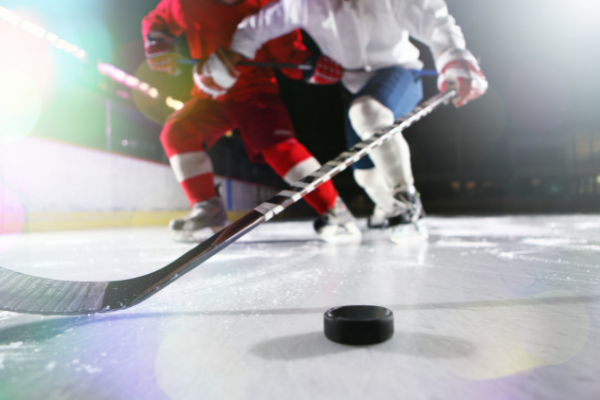Hockey fight debate on again
Hodge Podge
Why does it feel like we’ve had this controversial fighting in hockey debate before?
Perhaps because we have? Over and over and nothing changes.
Every four or five years an on-ice battle between two hulking hockey players grabs the sporting spotlight and all the puck pundits appear properly primed with their pugilistic opinions – attempting to out-yell each other on whether fighting belongs in the game or not.
The bad blood inspiring today’s rant was the beastly beating last Friday by Arizona Coyote bully Jay Beagle on Anaheim Duck player Troy Terry.
The incident was a spinoff result from earlier in the game when handy-dandy, dippsy-doodler Duck Trevor Zegras scored yet another spectacular goal with a lacrosse like move, demonstrating dexterous stick and puck control. He carried the puck around the net, lifted it onto the face of his stick blade, and trusting centrifugal force to stick it there wrapped it into the net from behind. Amazing hand-eye coordination.
Later in the game with the score 5-0 game and six minutes remaining Zegras was standing in front of the Coyotes goalie and Beagle (angered by the earlier skill display) cross-checked Zegras from behind driving him to the ice. Terry pushed Beagle away from the prone Zegras and Beagle accepted that gesture as an invitation to fight.
Terry had never been in an NHL fight.
It was ugly. Beagle landed 11 unanswered punches to the head of Terry sending him tumbling and bleeding to the ice causing significant damage including a cut eye, major facial swelling and possible concussion. Terry left the ice and never returned. He is now considered ‘day-to-day’ on the player roster.
Terry has 57 points this year Beagle has one. Hmmm.
As archaic as the fight was even more disturbing was Coyotes’ broadcast commentator Tyson Nash’s suggestion it was the skill displays of Ducks’ youngsters Zegras and Terry to blame for Beagles’ buffoonery.
“That’s the problem sometimes with these young players,” Nash told listeners. “You want to embarrass guys, and you want to skill it up, you better be prepared to get punched in the mouth.”
Wow.
Beating players to a pulp apparently is still acceptable by the NHL – inspiring or perhaps perpetuating the theory that the players will “settle matters” on the ice at a future date. In other words – let the goonery continue.
Fighting has been outlawed in other leagues, including the NFL and NBA, while in the NHL it’s accepted and encouraged.
When a late hit happens in the NFL, a flag is thrown. When a late hit happens in the NHL, fists are thrown. The NHL is the only professional team sport that allows fighting.
I’ve long pontificated a possible solution that any player engaging in a fight receives a five minute major penalty and an automatic game misconduct. A hefty fine is handed the player’s team.
If the same player gets in a second fight that season he receives the same penalty but is additionally suspended for the team’s next game. Concurrently – every fight that player is involved in gets him the five minute major, game ejection, and an increase of further games suspended. In other words first fight – game ejection, second fight – game ejection and one game suspension, third fight in season game ejection and two games suspended, fourth fight – game ejection and three games suspended.
Team fines increase with each suspension as well.
Sooner or later the offending player or club will figure out they are not only missing out on a lot of hockey (and potential bonuses) but the cost of doing so is getting hefty.
However I surmise the ultimate accountability guideline is my ‘injury rule’. If during a game a player injures another during a fight the aggressor is not only tossed out of the game and fined but also remains suspended from play until the injured player is able to return to the game.
If the wounded player is out for a week or a month with the injury – so is his combatant. Naturally the league would monitor the injured players to assure the assessment is accurate.
If you hurt a player and concuss him or inflict a wound that ends his career – so is yours.
The same rule should apply to injuries involving illegal hits or stick infractions – if assessed as a five minute major and with the ‘intent to injure’. If I crack a guy over the head with my stick, run him into the boards when in a vulnerable position, attempt to take him down with a knee etcetera, etcetera then I will sit on the sidelines as long as the injured player takes to return to the lineup. If my aggressive, violent actions stop him from playing then my ability to play should also be stopped.
My plan might need tweaking it at least potentially appeases all sides. Players can fight but it will cost them and their teams lots of money and suspension time. It makes those engaging in the fight more accountable.
If other pro sports can adapt to modern times so can the NHL.
As far as the red-neck mindset of some broadcasters … sadly you can’t solve stupid.








